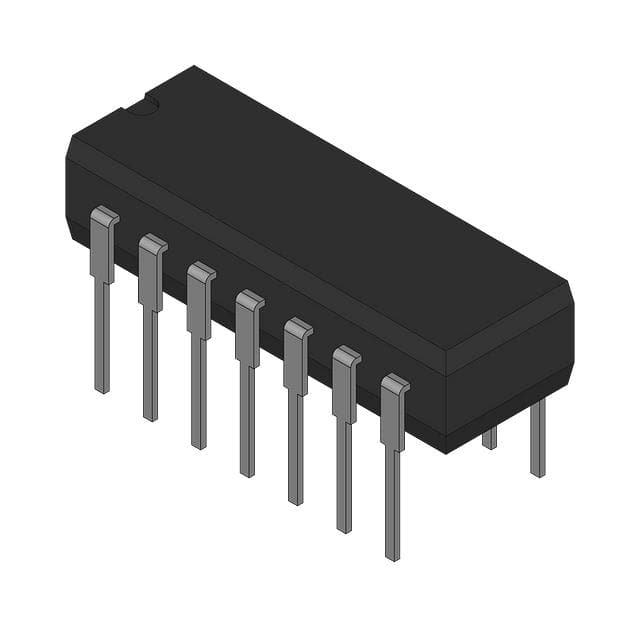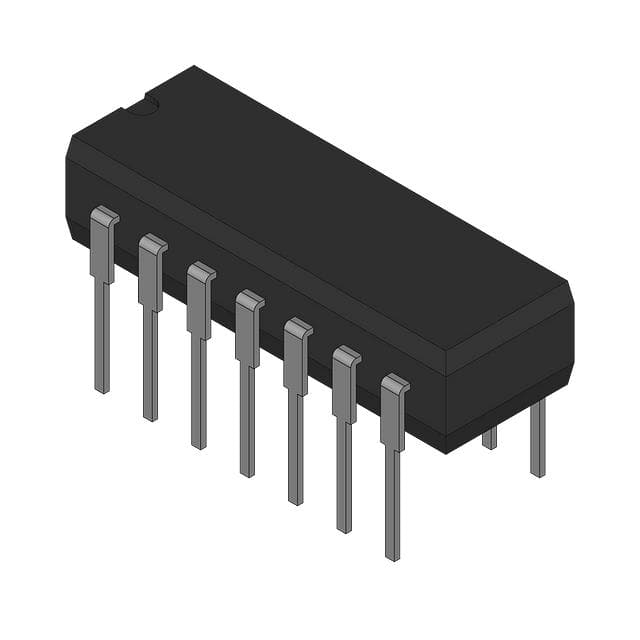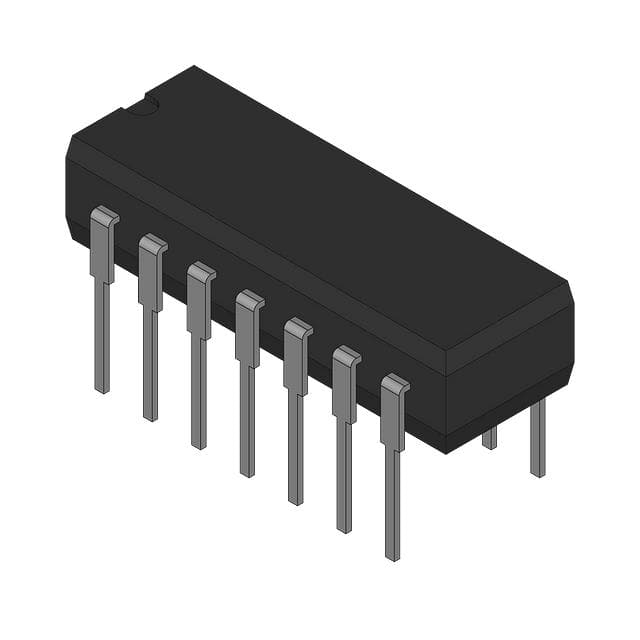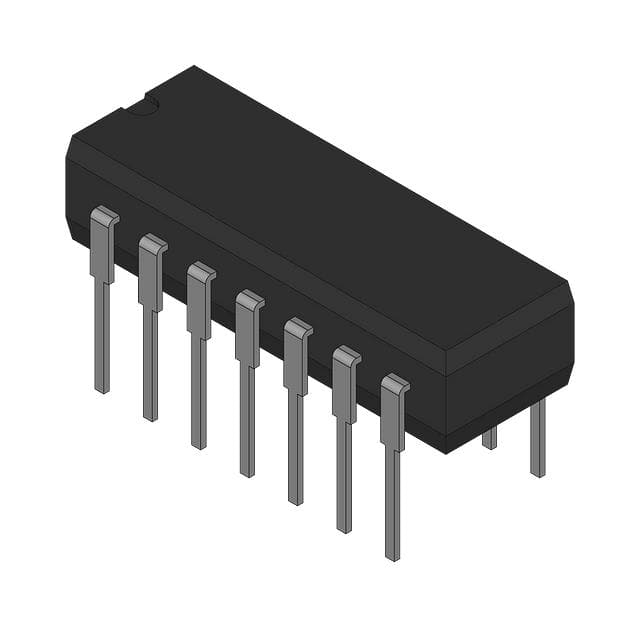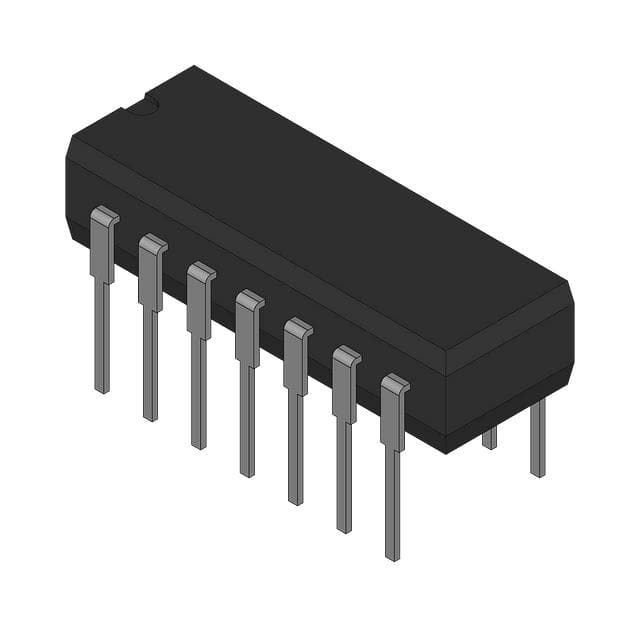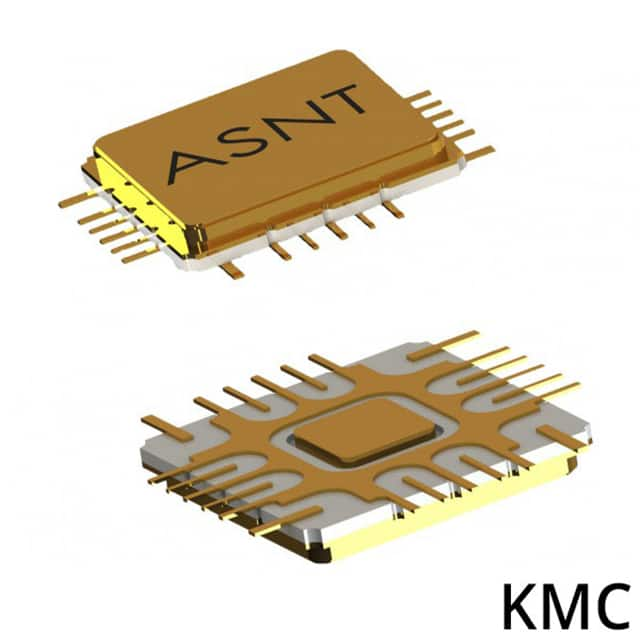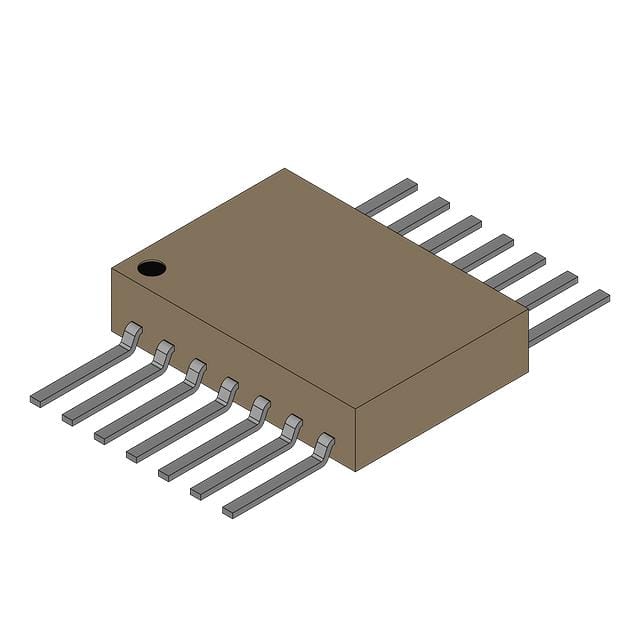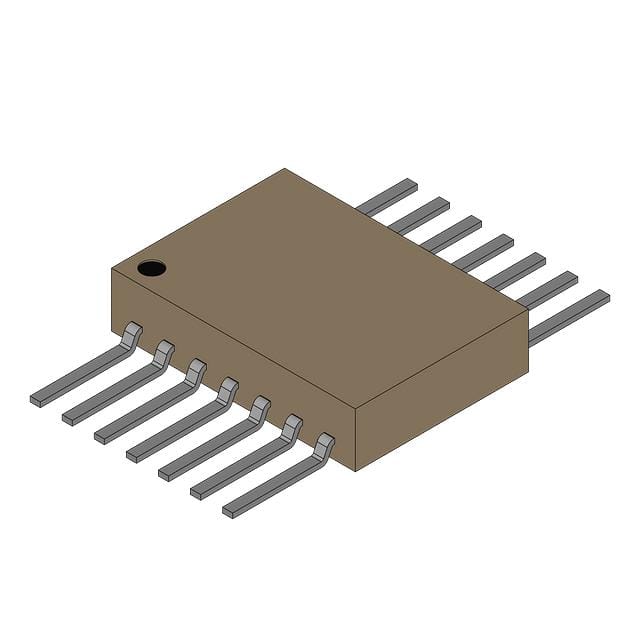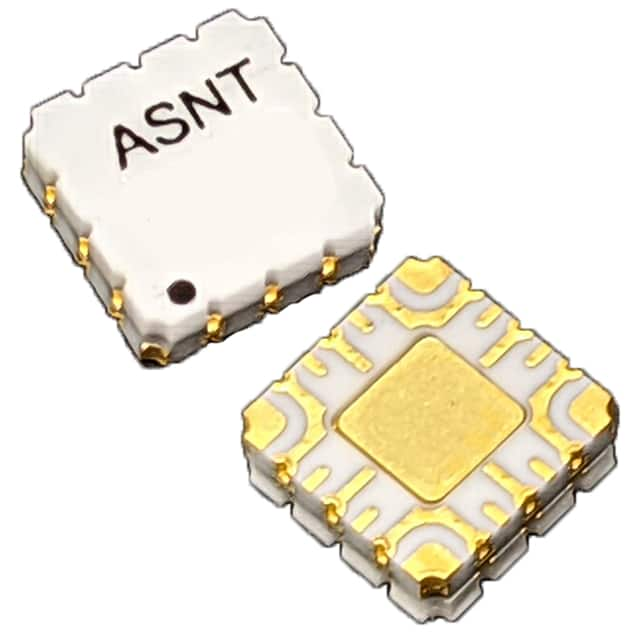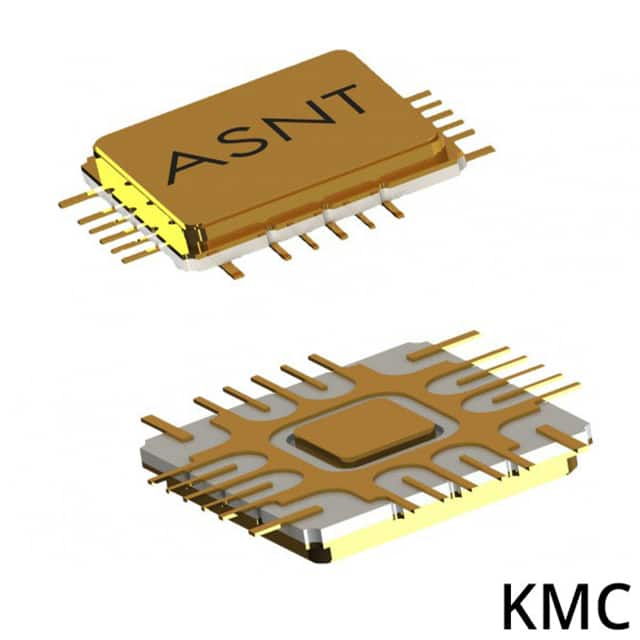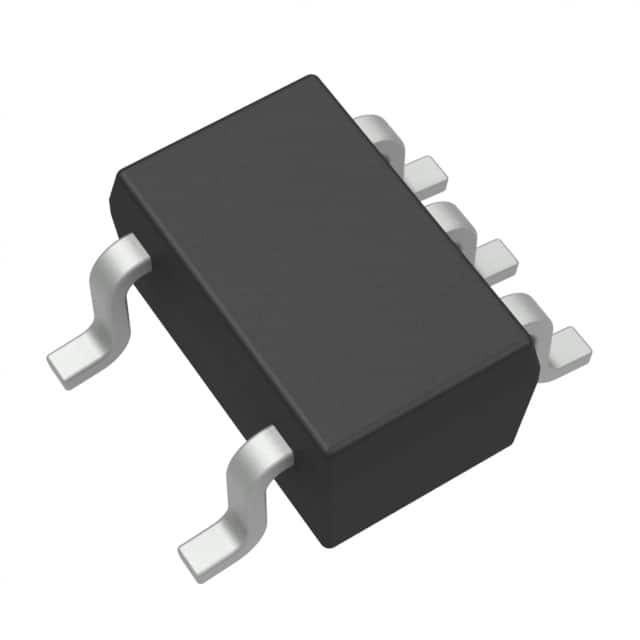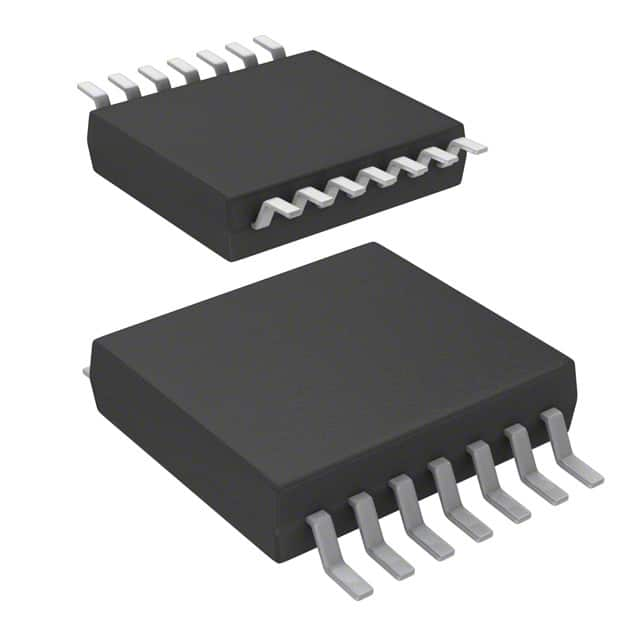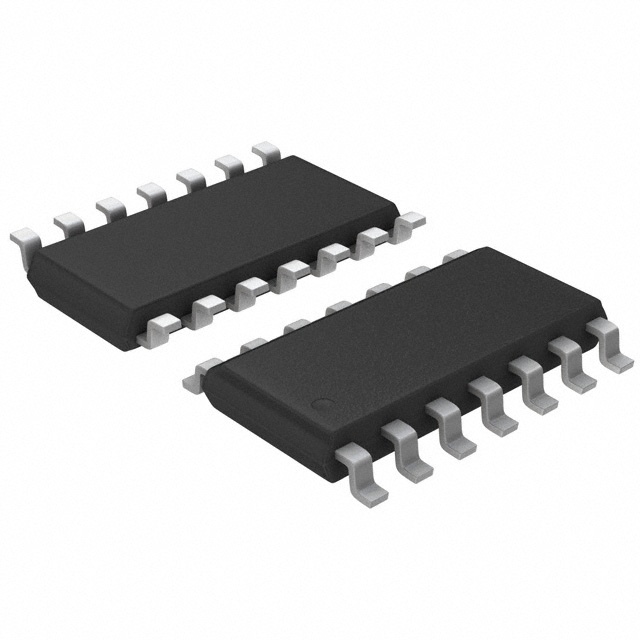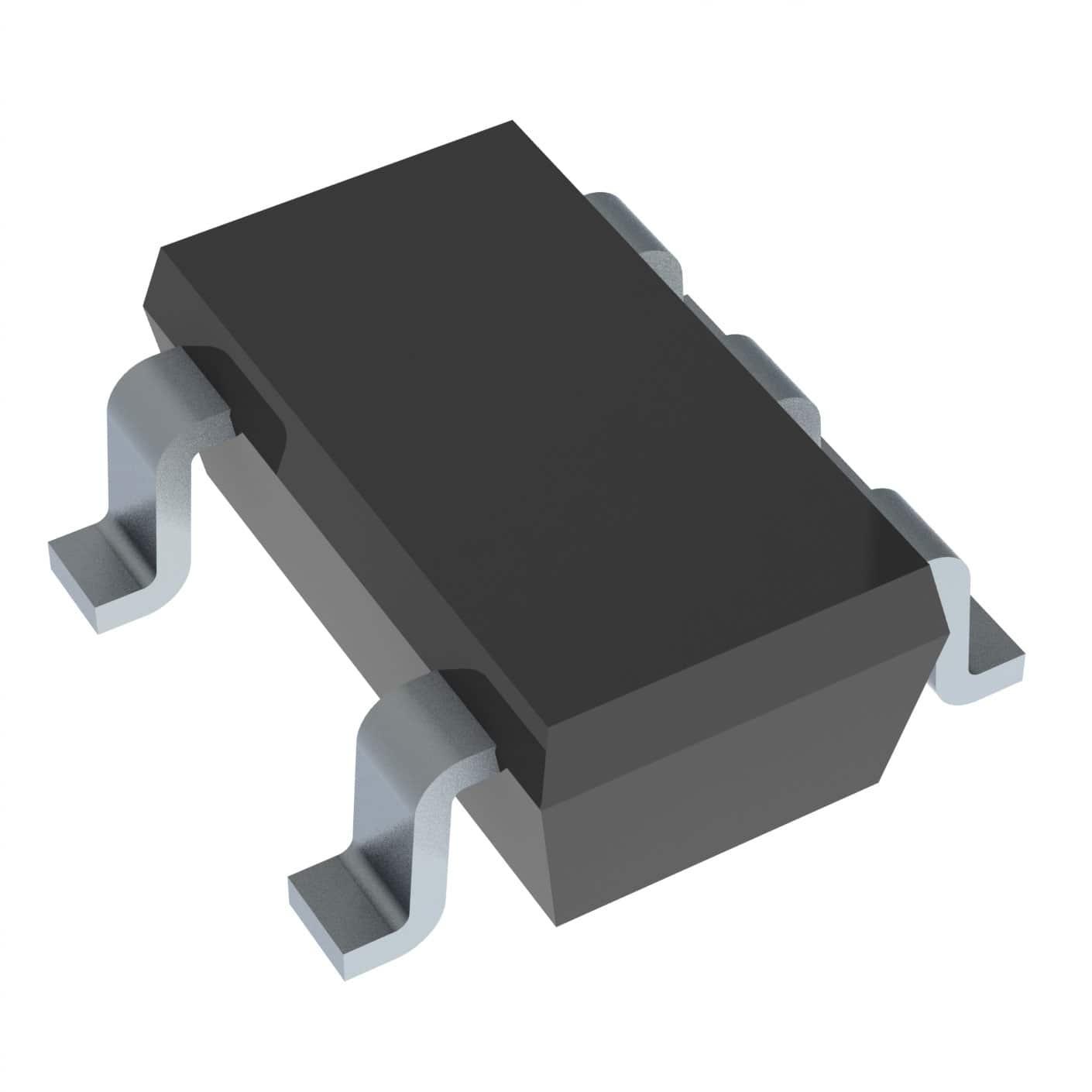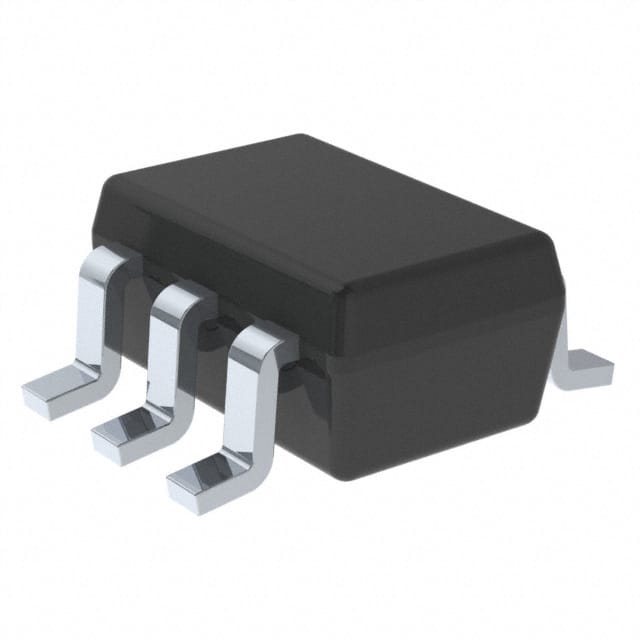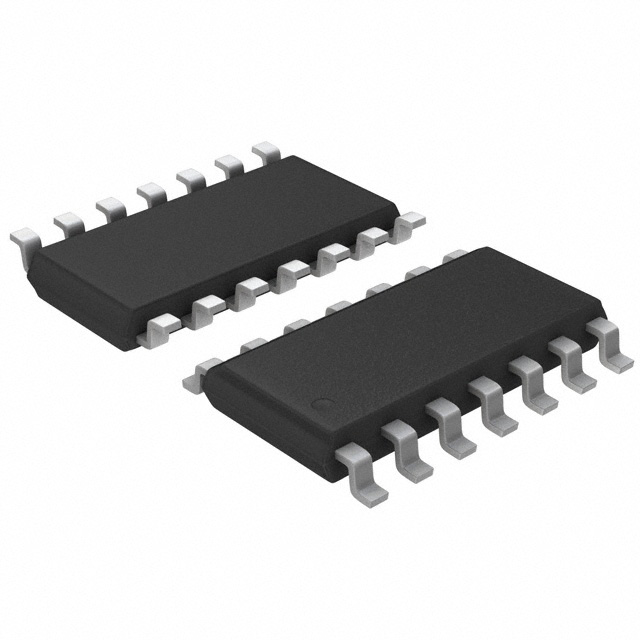5962-8409801VCA Product Introduction:
Texas Instruments Part Number 5962-8409801VCA(Logic - Gates and Inverters), developed and manufactured by Texas Instruments, distributed globally by Jinftry. We distribute various electronic components from world-renowned brands and provide one-stop services, making us a trusted global electronic component distributor.
5962-8409801VCA is one of the part numbers distributed by Jinftry, and you can learn about its specifications/configurations, package/case, Datasheet, and other information here. Electronic components are affected by supply and demand, and prices fluctuate frequently. If you have a demand, please do not hesitate to send us an RFQ or email us immediately sales@jinftry.com Please inquire about the real-time unit price, Data Code, Lead time, payment terms, and any other information you would like to know. We will do our best to provide you with a quotation and reply as soon as possible.
Introducing the Texas Instruments 5962-8409801VCA, a cutting-edge integrated circuit designed to revolutionize the world of electronics. This high-performance device boasts a wide range of features that make it an essential component for various applications.
The 5962-8409801VCA is built with advanced technology, ensuring exceptional reliability and durability. With its low power consumption and high-speed performance, this integrated circuit is perfect for demanding applications in aerospace, defense, and industrial sectors. Its extended temperature range allows it to operate flawlessly in extreme environments, making it ideal for mission-critical systems.
Equipped with multiple input and output channels, the 5962-8409801VCA offers versatile connectivity options. Its high-resolution analog-to-digital converters ensure accurate data conversion, while its digital signal processing capabilities enable efficient data manipulation. Additionally, this integrated circuit features built-in protection mechanisms, safeguarding against voltage spikes and other electrical disturbances.
The Texas Instruments 5962-8409801VCA finds applications in a wide range of fields. In aerospace, it can be used for flight control systems, avionics, and satellite communication. In the defense sector, it is suitable for radar systems, missile guidance, and electronic warfare. Industrial applications include robotics, automation, and power management.
In conclusion, the Texas Instruments 5962-8409801VCA is a versatile and reliable integrated circuit that offers exceptional performance in demanding environments. With its advanced features and wide range of applications, it is the perfect choice for engineers and designers seeking to enhance their electronic systems.
Gates are an important part of the transistor in the integrated circuit, especially in the field effect transistor (FET) plays a role in controlling the current interruption. By interacting with the insulation layer between the channel, it uses the electric field effect to regulate the carrier concentration in the channel, and then controls the current flow between the source and the drain electrode. The inverter is a logic electronic device that is mainly used to reverse the logic state of the input signal, that is, from a high level to a low level, or from a low level to a high level. In digital logic circuits, the inverter is often implemented as a NOT gate, which is carefully designed by multiple transistors (such as PMOS and NMOS pairs in CMOS technology), and realizes the logical reversal of the signal by controlling the switching state of the transistor. Together, they form the basis of logic circuits and demonstrate the high flexibility of integrated circuits in signal processing and control.
Application
Gates, as key components of transistors, are widely used in various integrated circuits, especially in core components such as microprocessors, memory, sensors, etc. They are the foundation for implementing complex logic functions and high-performance computing. Inverters play an important role in digital circuit design, communication systems, power management, and other fields. Through their logic inversion function, they support signal shaping, amplification, isolation, and timing control requirements. In various fields such as consumer electronics, automotive electronics, industrial automation, and data centers, gates and inverters are indispensable electronic components that help devices achieve efficient and accurate signal processing and control, promoting technological progress and industrial upgrading.
FAQ about Logic - Gates and Inverters
-
1. What is an inverter IC?
An inverter IC is a core component used to control and manage the various electronic components inside the inverter. The inverter IC is responsible for receiving input signals, processing data, generating control signals, and driving other components of the inverter.
The main functions of the inverter IC include:
Signal processing: Receive signals from sensors and process them to determine the operating status and requirements of the inverter.
Control strategy implementation: Based on the processing results, implement corresponding control strategies, such as PWM (pulse width modulation) control, to adjust the output voltage and frequency.
Protection function: Implement overcurrent, overvoltage, undervoltage and other protection functions to ensure the safe operation of the inverter.
Application scenarios of different types of inverter ICs include:
Motor drive inverter: Such as BridgeSwitch™-2 IC, used for BLDC motors, improve power output and efficiency, and introduce predictive maintenance functions.
Automotive traction inverter: Use ICs produced by ABLIC, suitable for converting DC power from batteries to AC power to drive traction motors.
Energy storage inverter: The core components are power semiconductors (such as IGBTs and MOSFETs), which are responsible for converting DC power into AC power and supporting efficient energy conversion.
-
2. How many gates are there in ICs?
There are usually one or more gates in an IC, and the specific number depends on the type and design of the IC. For example, MOS tubes and transistors are common components in ICs, and they usually have one or more gates.
In a chip, a transistor is one of the most basic components. A transistor has three poles: source, drain and gate. The gate is located on the insulating layer between the source and the drain, and controls the conduction and cutoff of the channel by changing the gate voltage.
In addition, there is a special type of transistor in the flash memory chip, called a floating gate transistor, which has two gates: the control gate and the floating gate. The floating gate is located between the control gate and the channel, wrapped by an insulating layer, and can store charge, thereby realizing data storage.
-
3. Can NAND gates be used as inverters?
NAND gates can be used as inverters. NAND gates, especially Schmitt-triggered NAND gates, are often used in full-bridge inverter circuits to ensure that the switch between the two channels is clear and not affected by any type of stray transients or low-signal interference.
In the inverter, the role of the NAND gate is to drive the MOSFET or IGBT through logic control to achieve DC to AC conversion. For example, in the Arduino-based full-bridge sine wave inverter design, the Arduino is programmed to generate SPWM outputs in the appropriate format from the pins, process these signals through the NAND gate, and finally drive the relevant MOSFETs of the full-bridge driver network to achieve the inverter function.
The advantages of using NAND gates include fast switching response and high reliability. In addition, Schmitt-triggered NAND gates can enhance anti-interference capabilities and ensure stable operation of the inverter. However, there are also challenges to consider when designing inverters, such as switching losses and thermal management.
 Lead free / RoHS Compliant
Lead free / RoHS Compliant



